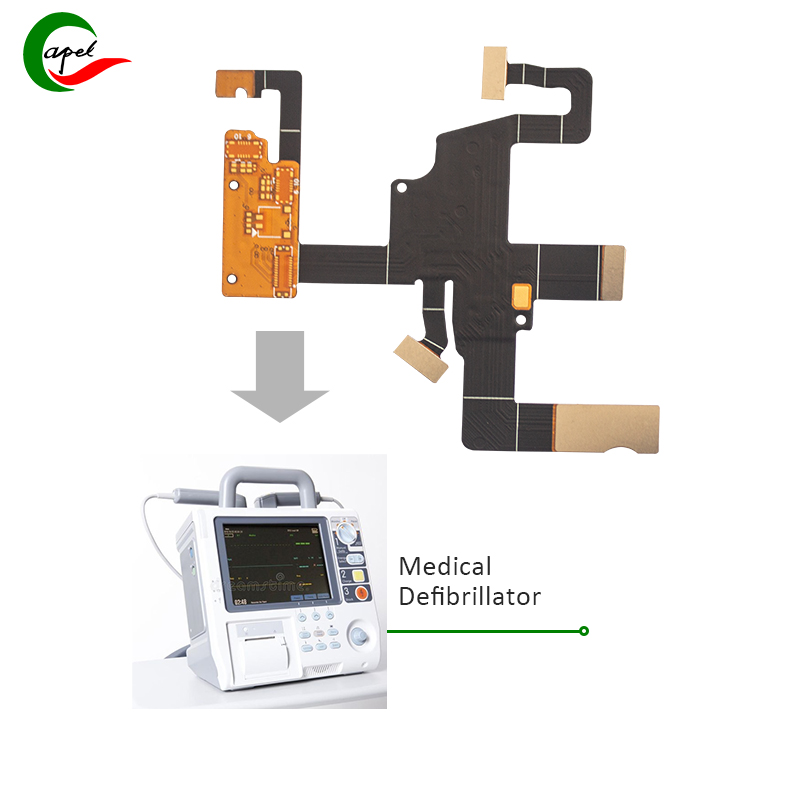In this blog, we will discuss some popular surface treatments and their benefits to help you upgrade your 12-layer PCB fabrication process.
In the field of electronic circuits, printed circuit boards (PCBs) play a vital role in connecting and powering various electronic components. As technology advances, the demand for more advanced and complex PCBs increases exponentially. Therefore, PCB manufacturing has become a critical step in producing high-quality electronic devices.
An important aspect to consider during PCB manufacturing is surface preparation. Surface treatment refers to the coating or finishing applied to a PCB to protect it from environmental factors and enhance its functionality. There are a variety of surface treatment options available, and choosing the perfect treatment for your 12-layer board can significantly impact its performance and reliability.
1.HASL (hot air solder leveling):
HASL is a widely used surface treatment method that involves dipping the PCB into molten solder and then using a hot air knife to remove the excess solder. This method provides a cost-effective solution with excellent solderability. However, it has some limitations. The solder may not be evenly distributed on the surface, resulting in an uneven finish. In addition, high temperature exposure during the process can cause thermal stress on the PCB, affecting its reliability.
2. ENIG (electroless nickel immersion gold):
ENIG is a popular choice for surface treatment due to its excellent weldability and flatness. In the ENIG process, a thin layer of nickel is deposited on the copper surface, followed by a thin layer of gold. This treatment ensures good oxidation resistance and prevents copper surface deterioration. Additionally, the uniform distribution of gold on the surface provides a flat and smooth surface, making it suitable for fine-pitch components. However, ENIG is not recommended for high frequency applications due to possible signal loss caused by the nickel barrier layer.
3. OSP (organic solderability preservative):
OSP is a surface treatment method that involves applying a thin organic layer directly to the copper surface through a chemical reaction. OSP offers a cost-effective and environmentally friendly solution as it does not require any heavy metals. It provides a flat and smooth surface ensuring excellent solderability. However, OSP coatings are sensitive to moisture and require appropriate storage conditions to maintain their integrity. OSP-treated boards are also more susceptible to scratches and handling damage than other surface treatments.
4. Immersion silver:
Immersion silver, also known as immersion silver, is a popular choice for high-frequency PCBs due to its excellent conductivity and low insertion loss. It provides a flat, smooth surface ensuring reliable solderability. Immersion silver is particularly beneficial for PCBs with fine-pitch components and high-speed applications. However, silver surfaces tend to tarnish in humid environments and require proper handling and storage to maintain their integrity.
5. Hard gold plating:
Hard gold plating involves depositing a thick layer of gold on the copper surface through an electroplating process. This surface treatment ensures excellent electrical conductivity and corrosion resistance, making it suitable for applications requiring repeated insertion and removal of components. Hard gold plating is commonly used on edge connectors and switches. However, the cost of this treatment is relatively high compared to other surface treatments.
In summary, choosing the perfect surface finish for a 12-layer PCB is critical to its functionality and reliability. Each surface treatment option has its advantages and limitations, and the choice depends on your specific application requirements and budget. Whether you choose cost-effective spray tin, reliable immersion gold, environmentally friendly OSP, high-frequency immersion silver, or rugged hard gold plating, understanding the benefits and considerations for each treatment will help you upgrade your PCB manufacturing process and ensure the success of your Electronic equipment.
Post time: Oct-04-2023
Back







